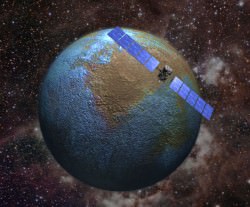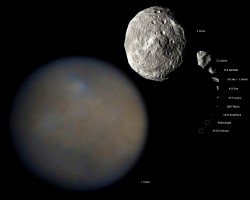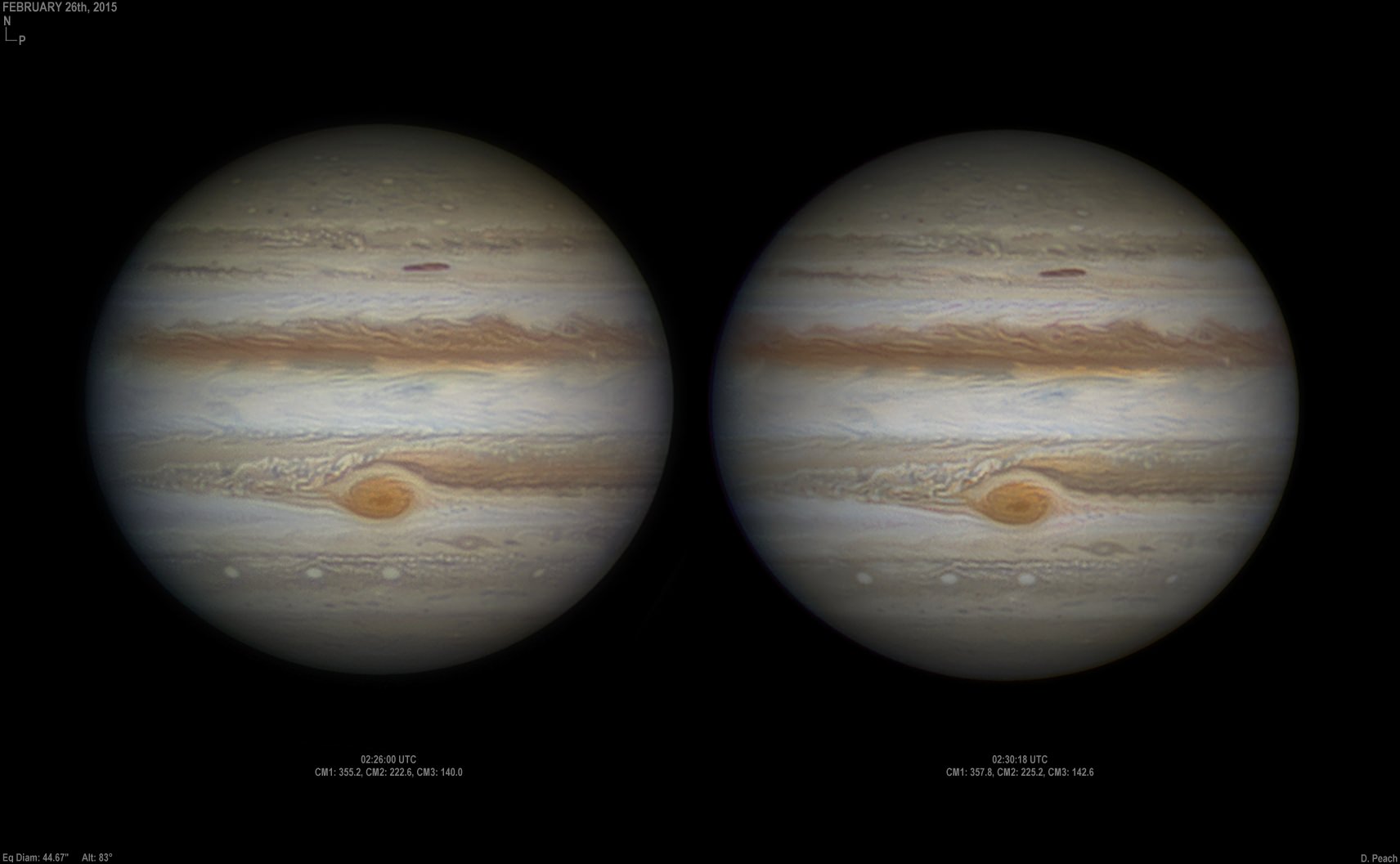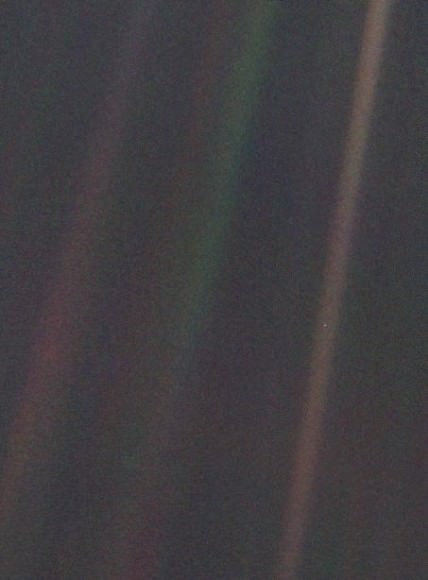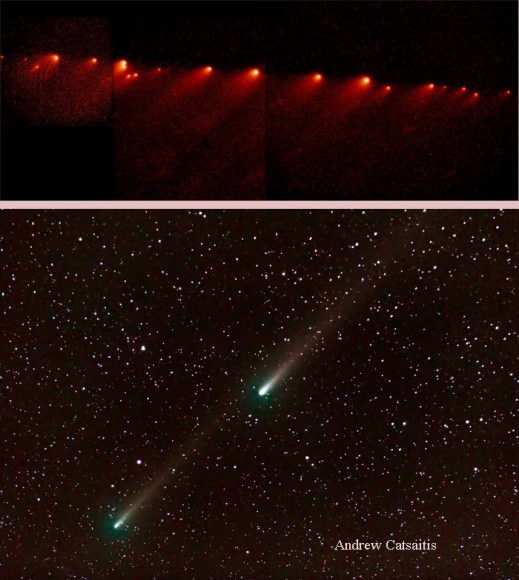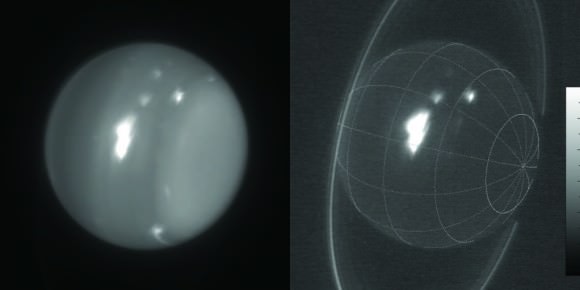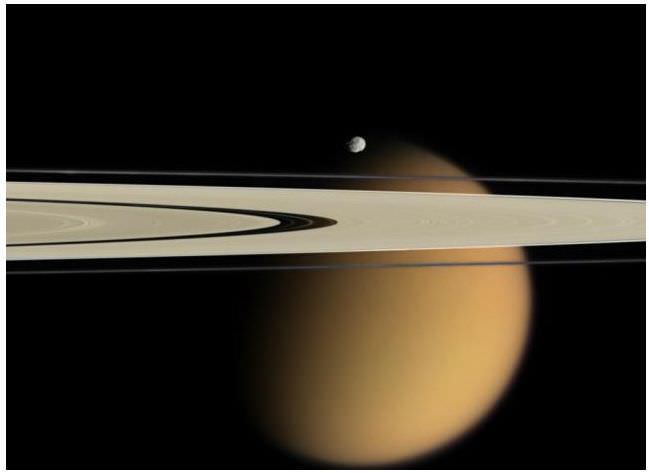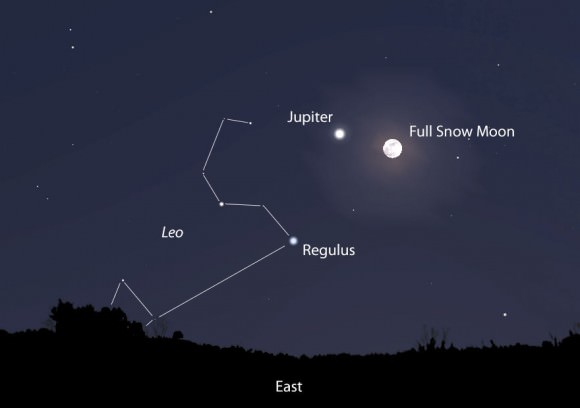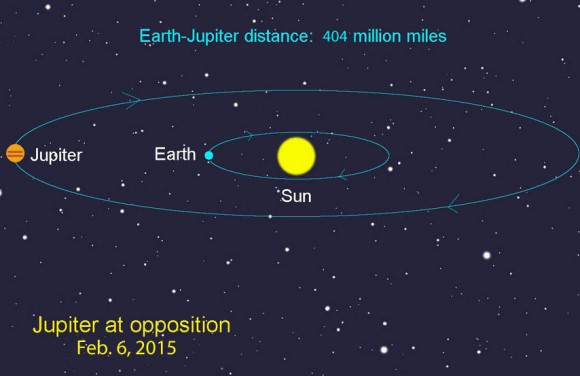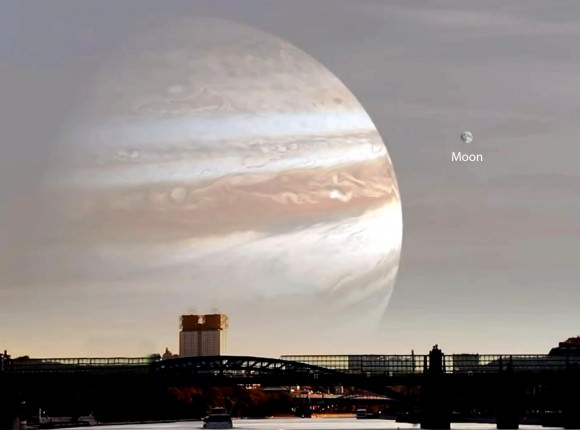When humans finally travel into space, where will we live? Will we ever be able to colonize gas giants like Jupiter?
NASA and Elon Musk have plans to get your ass to Mars.
It’s not impossible to imagine humans living and working on the Red Planet. Maybe they’ll be crusty asteroid miners making their fortune digging precious minerals out of the inexhaustible supply of space rocks. Pray they don’t dig too deeply. We should go ask Kuato, that creepy little guy knows everything! Except he’s always trying to get you to touch his funny little hands. Pass.
Venus looks like it’s a pretty great place to live, if we stick to the clouds in floating sky cities, plying the jet streams in our steampunk dirigibles. It’ll be fun, but first, does anyone know how to attach a cog to a top hat? Venus, here we come!
We should stay away from the surface, though, that place’ll kill you dead. We’re guessing a crispy shell holding in a gooey center, at least for the first few moments. Once we sort the living in space deal, is there anywhere we won’t be able to go?
We could create underwater cities on Europa or Ganymede, in the vast oceans with the exotic hopefully unarmed, peaceful, vegetarian Jovian whales.Like Jupiter? Could we live there?
Jupiter is the most massive planet in the Solar System. It has a diameter of almost 140,000 kilometers and it’s made mostly of hydrogen and helium; the same materials of the Sun. It has more than 317 times the mass of the Earth, providing its enormous gravity.
If you could stand on the cloud tops of Jupiter, you would experience 2.5 times the gravity that you experience on Earth. Then you’d fall to your death, because it’s a gas planet, made of hydrogen, the lightest element in the Universe. You can’t stand on gas, rookie.
If you tried to bring your Venusian Vernian exploratorium ballooncraft for a jaunt across the skies of Jupiter, it would sink like a copper bowler with lead goggles.
The only thing that’s lighter than hydrogen is hot hydrogen. Let’s say you could make a balloon, and fill it with superheated hydrogen and float around the cloud tops of Jupiter suffering the crushing gravity. Is there anything else that might kill you?
Did you leave Earth? Then of course there is. Everything is going to kill you, always. You might want to write that on the brass plaque next to your ship’s wheel with the carving of Shiva in the center there, Captain Baron Cogsworth Copperglass.
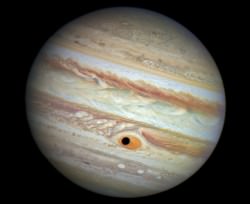
Jupiter is surrounded by an enormous magnetic field, ten times more powerful than Earth’s. It traps particles and then whips them around like an accelerator. This radiation is a million times more powerful than the Earth’s Van Allen belts. Our big human meat roasting concern during the Apollo days.
If you tried to get near the radiation belts without insufficient shielding. It’d be bad. Just picture jamming your copper and brass steamwork fantasy into a giant microwave.
Is it possible there’s a solid core, deep down within Jupiter? Somewhere we could live, and not have to worry about those pesky buoyancy problems? Probably. Astronomers think there are a few times the mass of the Earth in rocky material deep down inside.
Of course, the pressure and temperature are incomprehensible. The temperature at the core of Jupiter is thought to be 24,000 degrees Celsius. Hydrogen is crushed so tightly it becomes superheated liquid or strange new flavors of ice. It becomes a metal.
The moral, we’re not equipped to go there. Let alone set up shop. So, let’s just stick with fantasizing your adventures as Emperor Esquire Beardweirdy Brassnozzle Steamypantaloons.
In his classic book 2001, Arthur C. Clarke said that “all these worlds are yours except Europa, attempt no landing there”. Well that’s crazy.
Europa’s awesome, we’re totally landing there, especially if we discover alien whales. So, Europa first. Besides, it’s just a book. So, Jupiter is the worst. Do not navigate your airship into that harbour.
What’s the worst possible environment you can imagine to try and live on? Tell us in the comments below.



